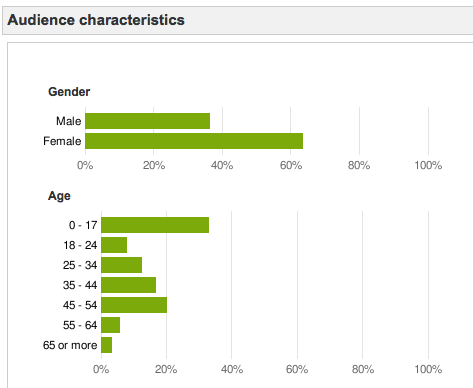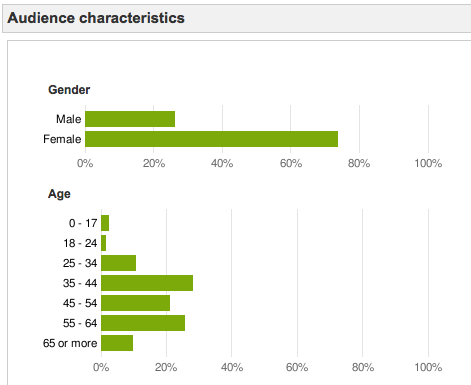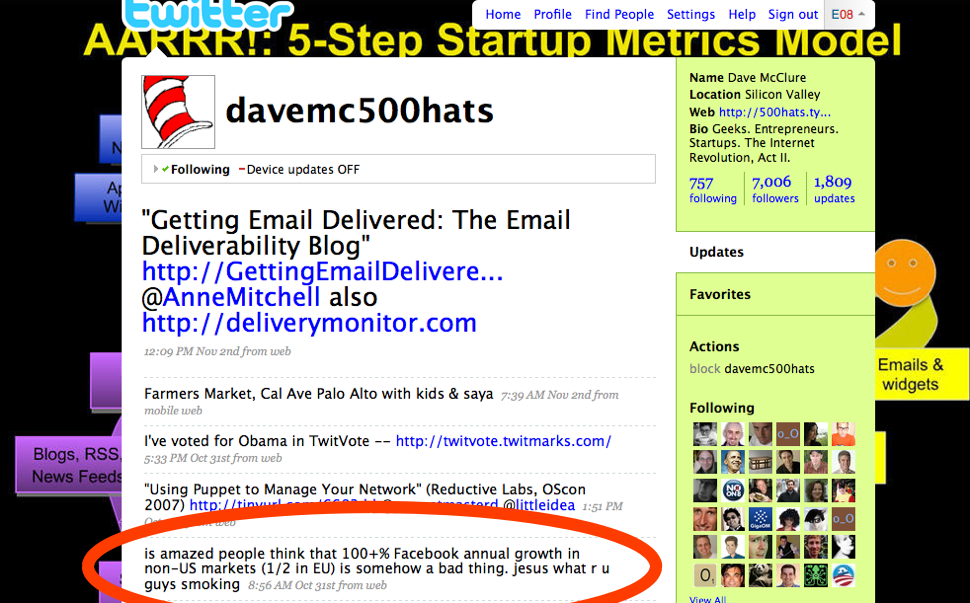First of all, it is important to point that it is not possible to see the Daily Unique Visitors graph of http://picasa.google.com using Google Trends. Also a big mahalo (thank you in Hawaiian!) to fellow Photo Lover, Katharine Osborne, for showing me Skitch. This great little image capturing & editing tool for Mac has made my blogging much easier.
Why Picasa? Well, in my personal opinion, the 2 main players for desktop applications in photo organizing & sharing for Mac OS are:
Teaser: what are the differences between the 2 of them? : ) Coming soon!
Since it was not possible to look for the Daily Unique Visitors graph, I looked for the Search Volume Index of the term “picasa”. Here’s what you get:

The letters correspond to relevant news, here’s the list:

The biggest spike, highlighted with the letter A, happened after the release of Picasa 2.0 by Google, back in 2005 which included a series of improvements such as picture captioning and blog-posting ability (for the whole list check here). A spike in the search volume of the term “picasa” is expected around the date of a new release. This is supported by event F, because on September 3, 2008, Picasa 3.0 was released.
What was really interesting is that the United States does not appear among the top 10 regions where the term “picasa” is searched for!!

Is this possible? Is it an error? Let’s analyze the following:
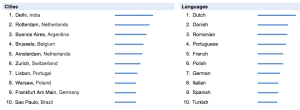
Notice that there appears no U.S. city on the top 10 cities that search for “picasa” and that English does not appear on the top 10 languages!
This finding is very interesting so I adjusted the upper right setting for region from:

to:

and I found that English is the 3rd language of the region when searching for “picasa”!
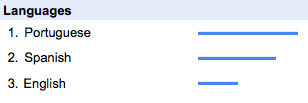
Conclusions:
- The term “picasa” is searched more around the release date of a new version of Picasa.
- Google’s Picasa has a stronger presence abroad than in the United States.
- Google MUST consider that the majority of its users come from outside of the U.S., so web sites version in different languages might be needed to support its users. This situation is not strange, the same thing happened to Flickr.com.
Why are these conclusions relevant?
Consider the following for Apple’s iPhoto, when looking for the term “iphoto”, this is what I found:

Notice that:
- United States is the second region where most searches happen.
- 8 of the top 10 cities, where the searches happened, are inside of the U.S.
- English is the top language of the queries.
This illustrates the difference in strategies between Apple’s iPhoto and Google’s Picasa.
What do you think?
 –
–



 It is important that you have a variety of images available because you will be needing as you A/B test your ads. Notice that
It is important that you have a variety of images available because you will be needing as you A/B test your ads. Notice that 
 Wow, this is a lot of useful information! Notice that we get a couple of relevant news that show what drove queries for this term. Company names and product names are useful because then you can go into their websites and see what are their current SEO and SEM practices. Also, you should look if the already have ads around Facebook. Don’t try to reinvent the wheel and keep an eye on the current practices of your competitors. It is also important to check out what keywords are related to your keyword, what regions (or countries or cities) provide the most queries for your keyword, and what languages are those queries made on. Another important source of information is Google Ad Planner. For a discussion on how to use Google Ad Planner, refer to this
Wow, this is a lot of useful information! Notice that we get a couple of relevant news that show what drove queries for this term. Company names and product names are useful because then you can go into their websites and see what are their current SEO and SEM practices. Also, you should look if the already have ads around Facebook. Don’t try to reinvent the wheel and keep an eye on the current practices of your competitors. It is also important to check out what keywords are related to your keyword, what regions (or countries or cities) provide the most queries for your keyword, and what languages are those queries made on. Another important source of information is Google Ad Planner. For a discussion on how to use Google Ad Planner, refer to this 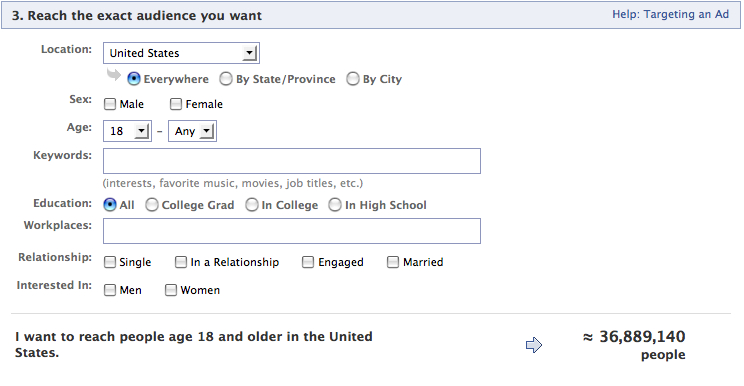 Using the information from the previous steps, you can fill in the fields on step 3. Notice that not all keywords are available at Facebook, so its important that you look for keywords related to your own keyword(s) of choice.
Using the information from the previous steps, you can fill in the fields on step 3. Notice that not all keywords are available at Facebook, so its important that you look for keywords related to your own keyword(s) of choice.





